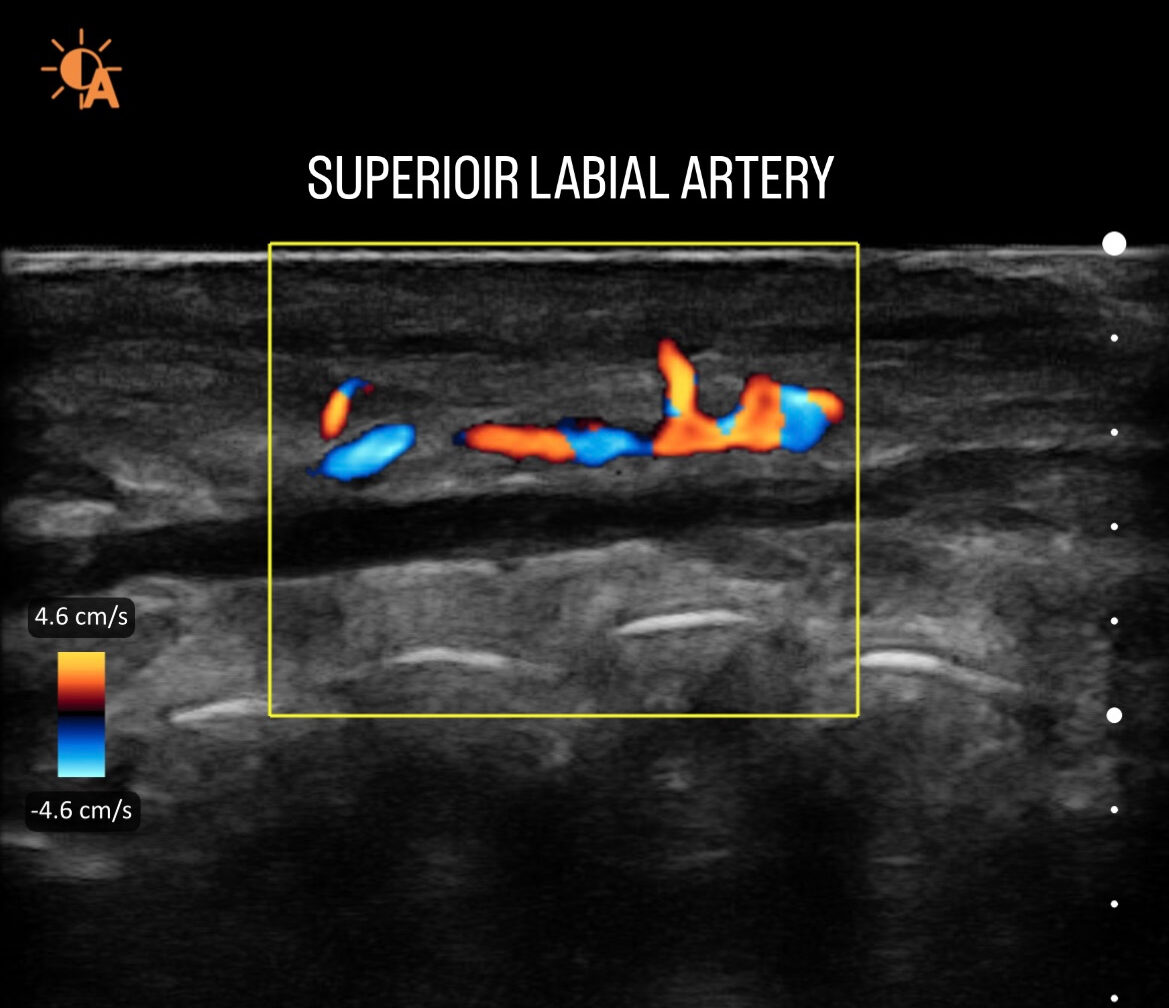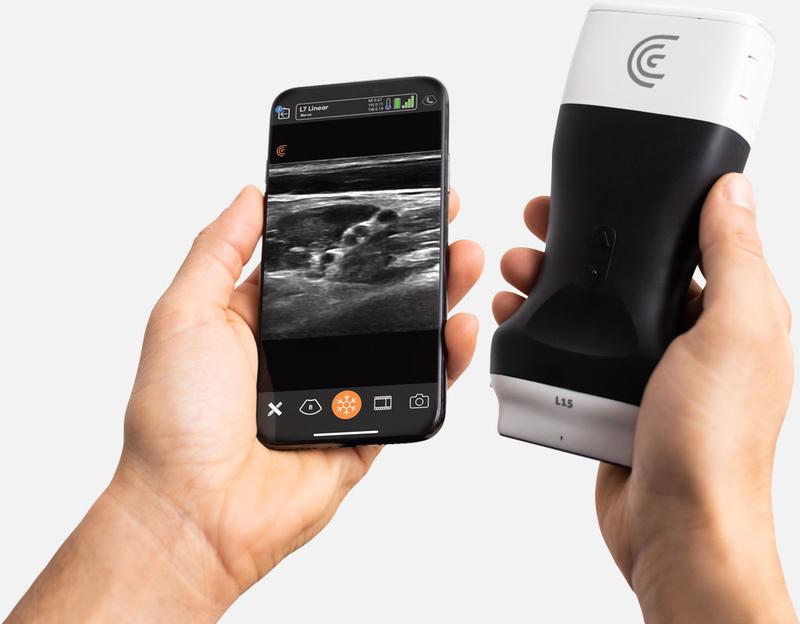HOW DOES ULTRASOUND WORK?
Ultrasound is a device that consists of a probe and a processor. The probe generates sound waves that can see through the skin. The sound waves gradually become weaker in strength when they are scattered, or absorbed, once they interact with the skin, and some of the sound waves are reflected. The reflected sound waves, picked up by the probe and directed to the processor, are transformed into a digital image. The images that can be seen on ultrasound in aesthetic medicine are dermal structures.
When a doppler system is used on the ultrasound machine, blood flow can be seen in red and blue on the screen. Therefore, blood vessels such as arteries may be identified, as well as dermal structures.

